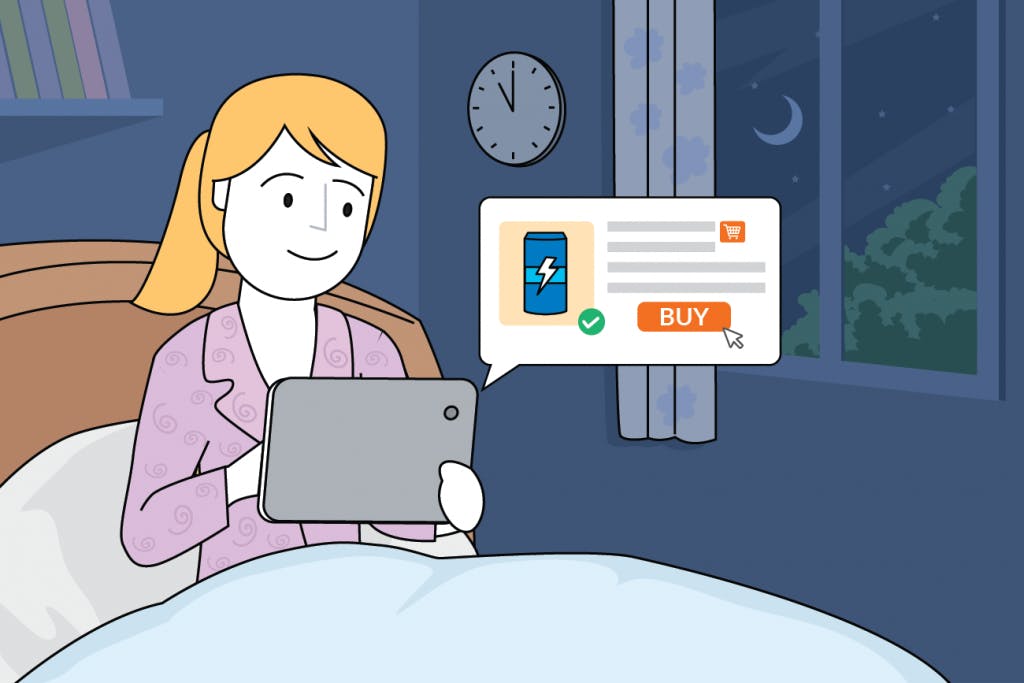In my last post I chatted with a couple of suppliers to see what they’re seeing in this CPG industry that is changing ever so rapidly. Being that we now live in a world where consumers can access any and all products at just about any time and just about anywhere, well, that’s changed the game for many suppliers, and they’re working to adjust accordingly.
But having the always-on access has adjusted consumers, too. There are some things that have stayed the same. Case in point, as a blog post on the Association of National Advertisers points out, “The five consumer behavior stages (need recognition, information gathering, alternatives comparison, purchase decision, and post-purchase dissonance) have been and continue to be active in the purchase behavior process.” But even those core competencies of consumer behavior have shifted, becoming more “chaotic” the authors write, in part because of the “emergence and the predominance of digital channels, which have significantly impacted the way consumers communicate, gather information, and make a purchase.”
Yes. Online shopping has blown up the retail world, and changed shopping behaviors drastically in the past five years (show me the person who hasn’t ordered at least something from Amazon and I’ll show you a person who has been living on Mars) (though perhaps Amazon will start delivering there, too?) and if the plethora of articles and research are to be believed (they should) the changing shopping behaviors show no signs of slowing down. So in addition to adjusting to 24/7 access, suppliers also need to keep a finger on the pulse of shopping behaviors.
I was curious, though, as to which changing shopping behaviors are having the biggest impact on suppliers. Is it one-touch shopping? Or maybe showrooming? Perhaps all omnichannel all the time? No way to know until you ask, right? Here’s what two suppliers had to say:
Michael Jiang, chief scientific officer at Nerv, says they were surprised not just by the amount of online shopping that’s happening, but the amount of mobile shopping. “For me, a platform like Instagram has now become a mobile shopping platform where people can buy directly from the stores,” he says. “When we started our online push, we did a lot of online marketing before we realized that actually the majority of our traffic and sales were coming from mobile. It really shifted our gears, because we’d spent all the time and effort into building a website, collecting the right data, and it turns out most of our data was coming from mobile and we were missing a lot.”
Jiang notes, however, that mobile shopping is typically category specific, and there are certain things people will buy on their phone, though they wouldn’t think of it for other products. While you might not buy a refrigerator via your phone, smaller, everyday stress relief products that are lifestyle driven, he notes, are a perfect product for people to buy on their mobile phones. Especially because people are checking their phones seemingly constantly—when they wake up, as they commute, when they’re at work, before bed at night. All. The. Time.
“There’s always an opportunity there to expose your brand,” he says. “So you have to plan based around other people’s schedules. You have to figure out, anticipate, when demand is going to be highest. Collect your data and do your most effective marketing that way.”
“That’s certainly the kind of thing we’re seeing,” Jiang continues. “So, adapting our strategy to go from online to mobile was a sort of paradigm shift for us.”
For Tim Mark, CMO of Active Wow, the biggest change in consumer shopping behavior that they’ve experienced is how consumers research products online while they’re in a brick-and-mortar store. “Your brand’s social proof, whether that is through ratings and reviews, your brand website, or the conversation about your brand on social media has a very tangible effect on a consumer’s decision at the shelf,” he explains. And when consumers use that social proof as the basis of their research, it justifies that a supplier is on point. “Our product quality is validated by our customers and we are always using their feedback to improve our existing products and continue to innovate,” Mark says.
Mark says another change in shopping behaviors is the rich amount of data they can now harness from online shopping around efficiency and intent, and being able to extract relevant insights from it. “This shopping behavior helps us better understand our consumers and helps us understand how to communicate to them with the right message at the right moment,” he notes.
What is the biggest change in consumer shopping behavior that’s affecting your business? We want to hear from you!


